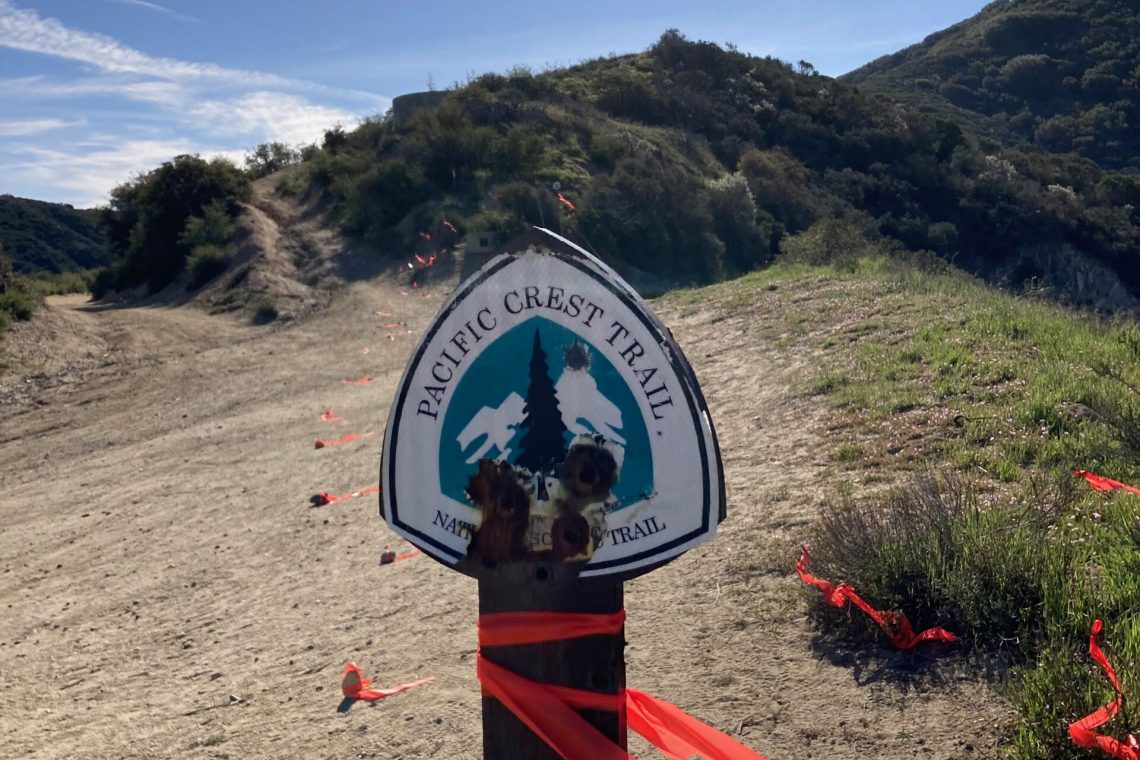One of the biggest obstacles for new Twitter users is figuring out how to best use the medium to serve their needs. If you are looking at building your influence on Twitter, it’s helps to see how top influencers do it.
Web Ecology Project’s recent report, “The Influentials: New Approaches for Analyzing Influence on Twitter, takes a new look at ways to measure influence.
Pure follower counts and follower ratios as measures of influence are not enough. With more sophisticated spam bots and spam networks, influence should be measured based on how people interact.
The authors define Twitter influence as “the potential of an action of a user to initiate a further action by another user.” The study looked at 12 influential Twitter accounts over a period of ten days, then sliced and diced Twitter actions which include Replies, Retweets, Mentions, and Attributions. Depending on how these actions were viewed and their relations between follower counts, the report came up with different ways of measuring influence.
The study’s profiled accounts are: @BarackObama, @CNN, @MCHammer, @Scobleizer, @THE_REAL_SHAQ, @aplusk, @chrisbrogan, @cnnbrk, @garyvee, @ijustine, @mashable, and @sockington.
One way to measure influence is via pure follower count (see below). This is the “old” way of looking at influence since it is possible for spammers to “game” Twitter and work their way to relatively high follower counts. Twitter has been cracking down on this kind of activity but it still exists.
A key observation in the report is that people tend to interact with top Twitterers in different ways. For example, people will retweet or mention news sources like @cnn and @cnnbrk but are not likely to Reply to them. On the other hand, people are very likely to Reply or make and attribution (“name drop”) to social media analysts like @chrisbrogan, @scobelizer, and @garyvee. By looking at these interactions, we could categorize accounts as being Conversationalists or Content Providers. Of course there is overlap but for now we’ll separate them.
If we say that Conversation is gold on Twitter and all influence should be measured on that basis, then the influence chart takes on a much different look.
In the above chart, the tables are turned almost 100%, with super conversationalist @chrisbrogan and @scobleizer leading the pack.
If we analyze things from the Content Providers perspective, then we get the following chart.
It’s interesting to see that @chrisbrogan and @scobleizer are major influencers in this view as well. Not only do they engage but they also provide information that users want to retweet and share with their own networks.
So if you are working on building a strong following on Twitter, you’ll need to have some outstanding content and/or have authentic and powerful conversations.
If you are interested in more of the report’s findings, you can either download the PDF or view the full report online.
The Influentials:
New Approaches for Analyzing Influence on Twitter
By Alex Leavitt
with Evan Burchard, David Fisher, & Sam Gilbert
http://www.webecologyproject.org





